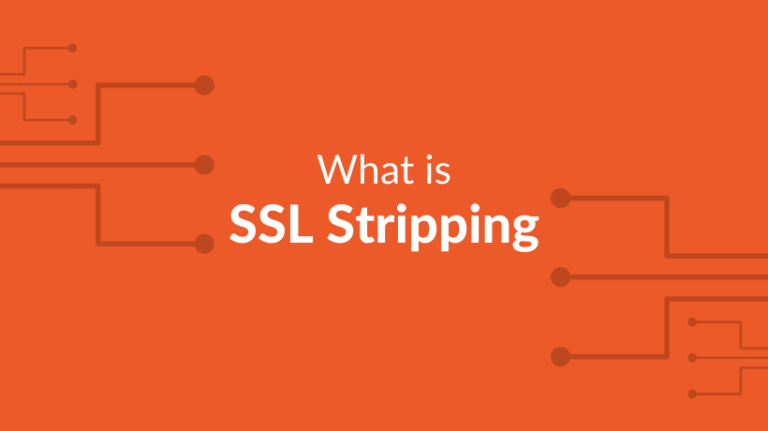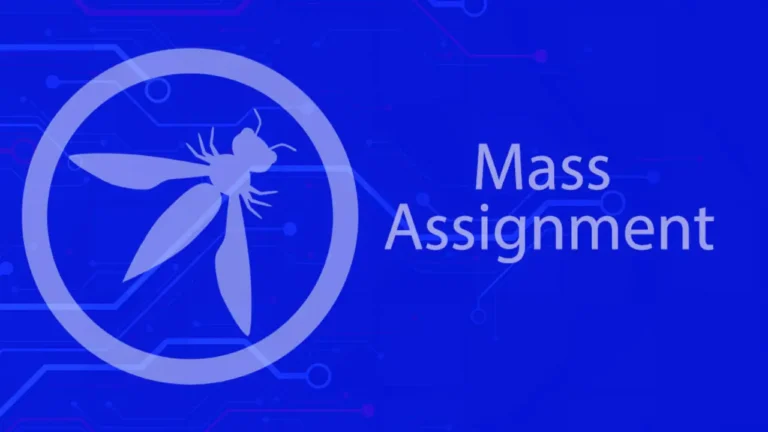Broken Object Level Authorization (BOLA): A Deep Dive into the API Security Threat
Introduction APIs (Application Programming Interfaces) are the backbone of modern web and mobile applications, enabling seamless data exchange between systems. However, with increased API usage comes heightened security risks. One of the most prevalent and dangerous API vulnerabilities is Broken Object Level Authorization (BOLA), also known as Insecure Direct Object Reference (IDOR). BOLA occurs when an API…









